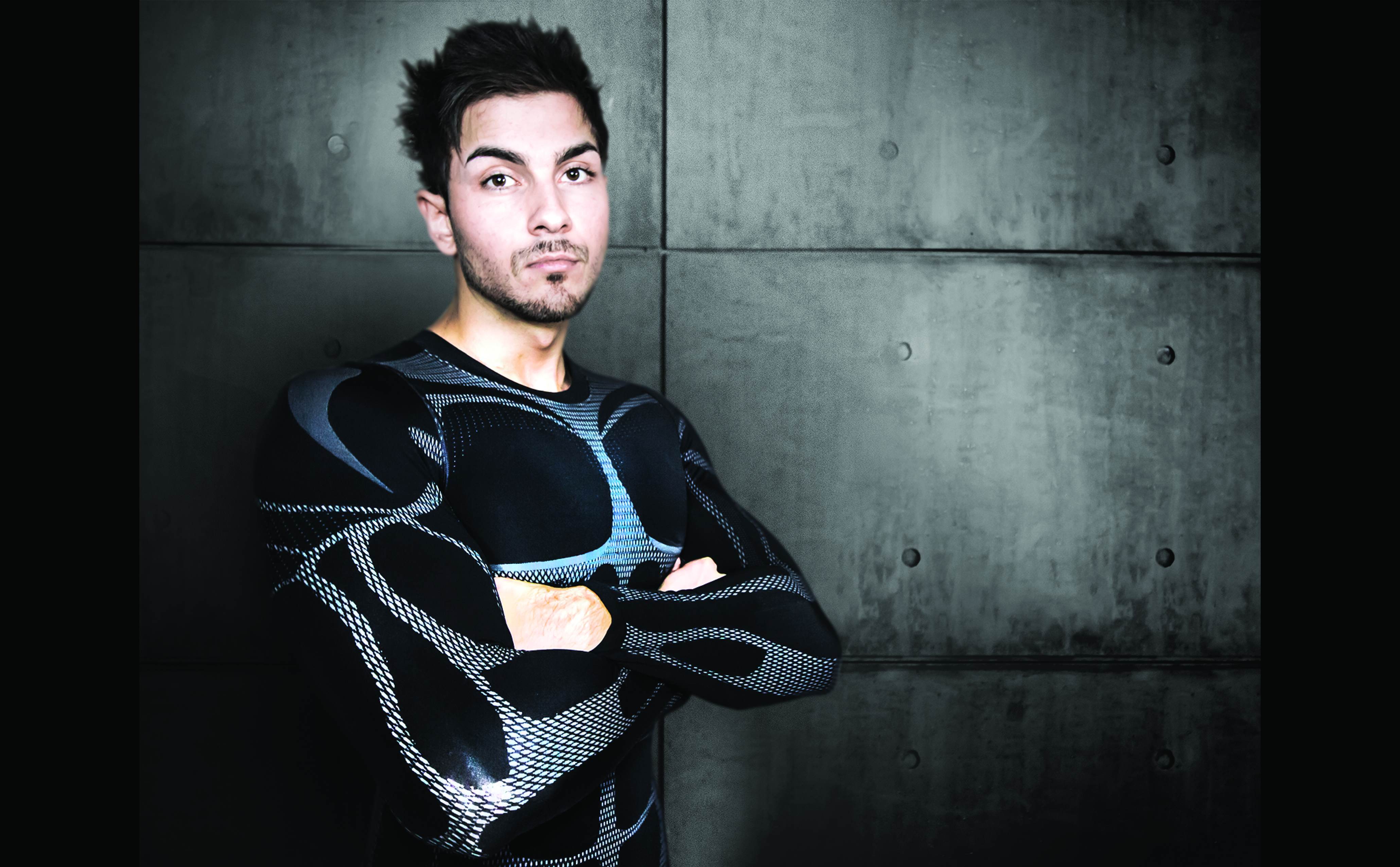May 16, 2016
Today’s apparel suppliers are working to cultivate creative ideas to meet the ever-evolving needs and wants of consumers.
With new technology, as well as unique blends and textural elements, the latest fabrics to hit the market (and a few coming soon) are proving that, yes, apparel still can work harder, feel softer and even provide a few surprises with unusual details.
The following is a glimpse into the future of fabrics.
Fabrics That Work
Vince Winters, president of Elbowgrease Athletics, borrows from a sci-fi classic when he talks about the state of modern-day fabrics
“Remember Star Trek? Remember what they were wearing? We’re there,” he says. “Twenty years ago, we made fun of Star Trek for its starchy polyester clothing and now we’re wearing these tight-fitting polyester performance-based products.”
Star Trek-ish? Perhaps. But polyester-based, high-tech fabrics are keeping consumers happy, especially with new-and-improved performance perks.
Elbowgrease, which manufactures fabrics exclusively for screen printing, embroidery and sublimation, specializes in polyester. The company has a number of new introductions in the pipeline for fall, including its French terry twill, a heathered brushed-back fleece that is compact, making it lightweight enough for performance application. “We’re focused on athleisure, bringing in performance technology through wicking and the amount of spandex we incorporate.”
John Spivey, marketing manager for Hanes, agrees that performance apparel is a major trend impacting fabric innovations.
“Increasingly, consumers expect more from what they wear, whether that is sun protection, wicking or cooling — they want more out of their apparel,” he says.
Hanes’ answer to industry demand for apparel that does it all can be found in its apparel that features X-Temp technology, which uses a hydrofunctional polymer to keep wearers cool. Designed to adapt to body temperature, the technology activates when the body sweats, wicking moisture away from the skin for quick evaporation. It also provides a 40+ UPF rating for sun protection.
“Smart textiles and target performance constructions are trends we’re seeing,” says Dave Wheatley, director of business development for Myogrid. Therefore, the company’s newest apparel lines integrate seamless knit advancements in technical muscle support and thermal regulation for elite sport and training performance.
“We engineer targeted anatomical technology [that is] inherently knit into yarn patterns, while minimizing seams for superior comfort and precision lightweight performance,” he says. Benefits include muscle-compression support, heat-zone ventilation and anti-chafing design.
Cool and Comfy
Beyond the technology component, performance fabrics take wearers from the gym to the grocery store, with new innovations making these materials increasingly versatile.
You’ve got companies like Lululemon that have really made performance acceptable and with all the different blends,” Winters says. “Instead of doing a regular poly, we ask: ‘What can we do to make it feel even softer?’”
Elbowgrease Athletics’ super micro polyester is used in its soon-to-launch, 250-GSM striated heather fleece. “It’s so soft and plush, you’d want it as a blanket,” Winters says.
According to Spivey, Hanes also sees the desire for apparel that can transition throughout the day — from work to the gym, from weekend wear to dinner at a restaurant — influencing today’s fabrics.
“Athleisure continues to dominate the apparel industry,” he says. “Along with this new active-lifestyle trend is an increased demand for soft, comfortable performance fabrics.”
As a result of this trend, blends currently are driving fabric innovation. “Ring-spun yarn makes a T-shirt soft, as the spinning process makes the yarn thinner, stronger and softer,” Spivey says.
Hanes’ X-Temp T-shirt collection blends ring-spun cotton with polyester for a lightweight fabric with a soft, smooth hand. The collection comes in men’s, women’s and youth tees, men’s and women’s sport shirts, as well as recently added men’s and women’s tanks.
Other industry suppliers offering their “softest yet” options include Next Level Apparel and Alternative. Next Level recently introduced a 32-singles, 4.3-ounce 60% combed cotton/40% poly sueded jersey.
“It’s a blend with a sanding to it, giving it a ‘sueded’ feel,” says Mark Seymour, chief sales officer, Next Level. Offering the fabric in a men’s crew, and men’s and women’s V-necks, the company also plans to introduce a zippered hoodie soon.
Alternative’s 50/50 fabrication blends the softness of cotton with the durability of polyester, allowing the fabric to stay breathable and cool during activity, while also holding its shape and color over time, according to Nurain Alicharan, social media and PR coordinator for Alternative.
“The line is versatile and unbelievably soft with a perfectly worn-in look and feel,” he says.
Textured Textiles
When it comes to comfort, innovation is paramount, but creative details are taking fabrics to the next level from a fashion perspective.
“We are building in half-steps of color in strategic fabrics [that] we know work for the fashion basics community,” says
Tory J. Lowitz, design director and director of technical design, Bellas+Canvas.
In addition to half-steps in color, prints and dimensional textures also are current major trends in fabrics, according to Lowitz. The company has introduced a number of styles with innovative treatments, including its unisex poly-cotton short-sleeve tee (style 3650) that’s available in gray acid and black marble.
A focus for Elbowgrease Athletics this fall will be its new-to-market dobby poly. While the 100% polyester material offers wicking and antimicrobial properties, its unique texture sets it apart.
“The surface feels like little microbeads,” Winters says, adding that fabric innovation is about taking high-tech materials to the next level. “It’s about surface interest, texture and creating different looks.”
More Build Your Business
March 29, 2024
If you’re a print shop owner who’s curious about the benefits of sustainable practices, now is a great time to start on the path toward a greener, cleaner and more profitable future for your decorated-apparel business.
FULL STORY
March 26, 2024
Team sports took a back seat during the pandemic, and as expected, the athletic and teamwear decorated-apparel market saw a major downturn in the Covid years. Since then, though, the industry has begun to right itself.
FULL STORY
March 25, 2024
As part of his “Ask the Experts” series, Impressions Content Director, Adam Cort, discusses the state of direct-to-film (DTF) technology with “Ninja Mike,” founder and CEO of custom heat-transfer specialist Ninja Transfers.
FULL STORY




